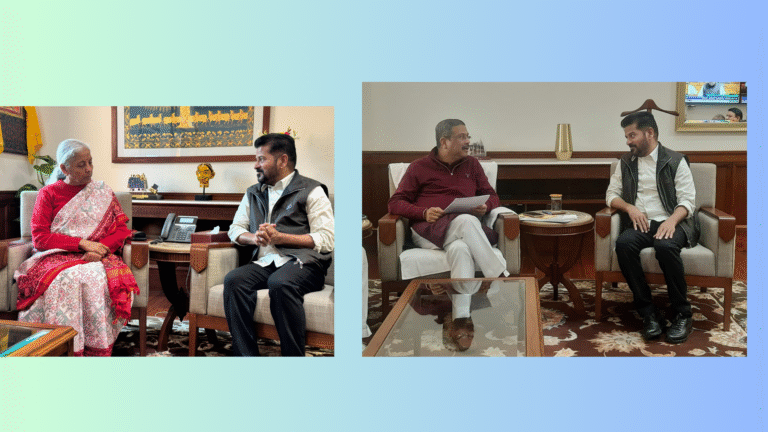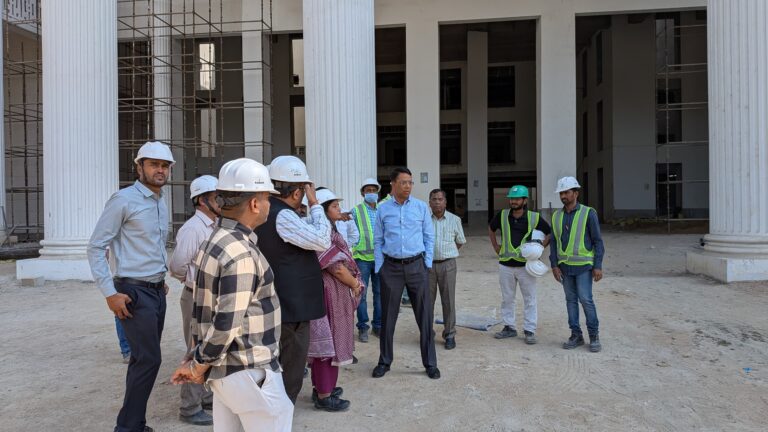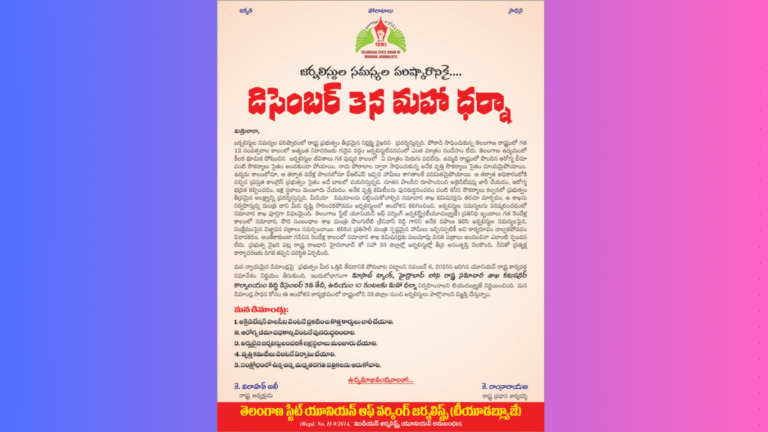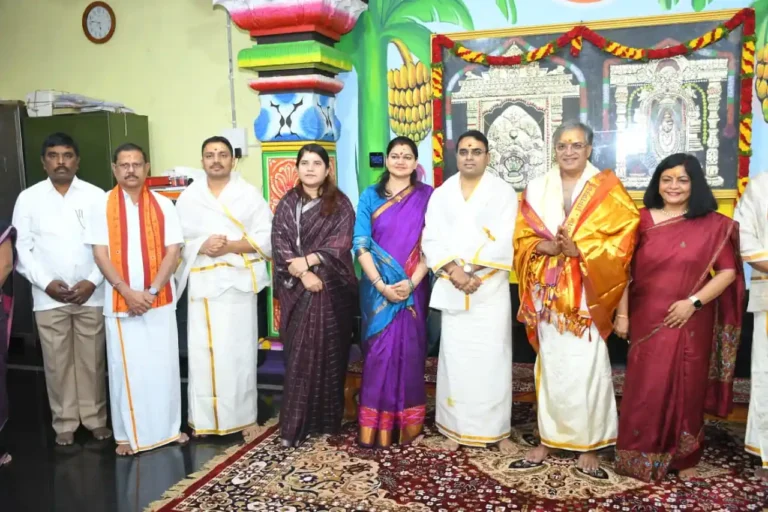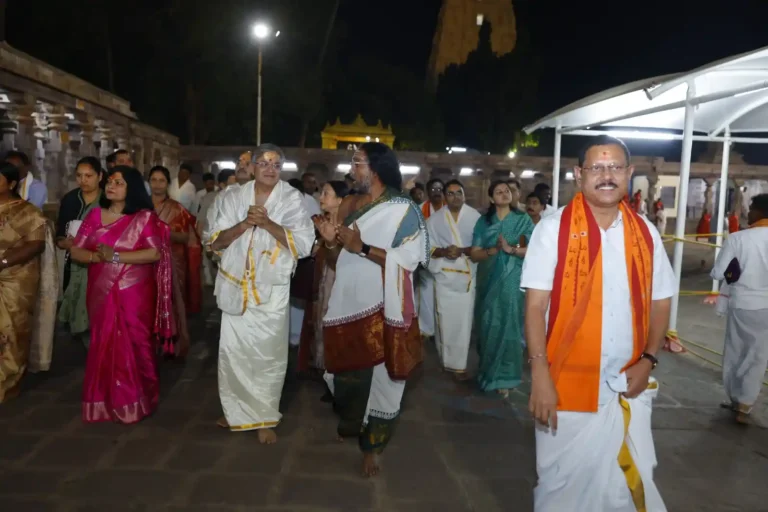Address of Minister of Urban Development Shri M.Venkaiah Naidu on the occasion of launch of ‘Swachh Survekshan-2017’
I am extremely happy to launch the Sanitation Survey in the name of ‘Swachh Survekshan-2017’ today. This round of Survey in urban areas, the second since the launch of Swachh Bharat Mission in October,2014 is to assess the levels of sanitation, efforts being made by respective States and Urban Local Bodies and to capture the improvements made since last Swachh Survekshan, results of which were announced in January this year. Besides, this also helps in ranking the cities in relation to others in respect of sanitation levels.
-While the last round of survey was conducted among 73 cities with a population of one million and above each, this second round of survey will cover 500 cities and towns, including those with a population of one lakh and above each besides capital towns with less than one lakh population and towns of importance from the point of view of heritage, tourism and hilly locations etc.
-These 500 cities to be ranked after this round of Survey account for about 70% of urban population in the country. The results of this survey accordingly, will help us understand the scenario regarding sanitation in urban India, the distance travelled since the launch of Swchh Bharat Mission about two years back and the distance still to be travelled towards achieving the goal of ‘Open Defecation Free’ and Swachh Urban India.
-For the benefit of friends from media gathered here, I would like to inform that Mayors, Municipal Chairpersons, Municipal Commissioners and other concerned officials from these 500 cities and towns from 324 districts of the country are connected with us from respective district headquarters as we launch Swachh Survekshan-2017 today.
-On this occasion, I wanted to reach out to the elected and executive chiefs of these 500 cities and towns sharing the Government’s views and concerns and to motivate them into stepping up their efforts to ensure Clean Urban India.
-Among the different kinds of transformation taking shape in our country over the last two years, the changing attitudes of the people towards sanitation and their growing concerns about it is an important one. What are the indications of this change of attitudes towards cleanliness? I would like to refer to a few of them which include:
1.Kunwar Bai, an old woman of 104 years of age belonging to Damtari district of Chattisgarh sold her goats to build a toilet;
2.An old woman in Gujarat visiting households in Ahmedabad every day morning to find out if they had dustbins to throw the waste into and urging them not litter public places with household waste;
3.Growing instances of young women refusing to get married into households without toilets;
- A mother-in-law in a muslim family in Guntur district of Andhra Pradesh only recently presenting a toilet to her new daughter-in-law stating that she did not want her daughter-in-law suffer the way the did for long;
- Lakhs of children urging their parents and grandparents not to chew tobacco and spit in the open;
6.Millions of school students telling fellow students not to throw chocolate wrappers and other waste in the open urging them that ‘Modi will not like it’;
- A doctors couple in a village in Krishna district of Andhra Pradesh dedicating themselves continuously for over an year now working with people promoting the culture of sanitation.
- In SangamVihar in New Delhi, as reported only a couple of days back, about 45 families have come together to convert municipal waste being generated by them into compost, instead of throwing it in the open as was being done for long.
-These are only some examples that capture the new quest for sanitation and hygiene in our country since the launch of Swachh Bharat Mission and this is an indication of the success of this mission, launched by Prime Minister Shri NarendraModi.
-The question that I would like to pose to all the elected and executive chiefs of 500 Urban Local Bodies today is – Are we doing enough to translate this new found consciousness about sanitation into tangible outcomes? All of us need to seriously introspect about this. I am sure you will do so in order to identify the deficiencies if any so that they could be addressed to.
-Swachh Bharat Mission has two principal components viz., achieving physical targets like construction of individual household toilets and community and physical toilet sets and ensuring ‘outcomes’ in the form of ‘Open Defecation Free’ urban areas.
-As far as physical targets are concerned, as against the five year mission target of construction of a little over one crore individual household toilets, 21 lakh individual household toilets have been already constructed as on date against only 9.50 lakh toilets built till January this year. Another 21 lakh such toilets are under construction.
-90,000 community and public toilet seats have been built so far as against only 33,000 such toilet seats put in place till January this year. Another 1.40 lakh toilet seats are under construction. The mission target in this regard is over 5.00 lakh such toilet seats by October, 2019.
-Since the announcement of the results of the last survey in January this year, I am happy to inform you all that 115 cities have reported to have achieved ‘Open Defecation Free’ status while no city reported ODF status in January last year. Another 739 cities out of the total 4,041 statutory cities and towns in the country in which the Swachh Bharat Mission is in progress, will achieve ODF status during this financial year. Three States namely, Gujarat, Andhra Pradesh and Kerala have committed to be 100% Open Defecation Free by March next year.
-We are going to have claims of such ODF status independently verified by third parties as per ODF protocol.
-This goes to prove that the mission is gaining momentum with each passing day overcoming the initial hurdles.
-Putting in place such physical infrastructure is important. But what is even more important is to ensure the desired outcomes like putting an end to open defecation in urban areas. This requires making people change their habits towards using toilets.
-While further speeding up construction of toilets, Mayors, Municipal Chairpersons, Municipal Commissioners and other concerned officials should spend more and more time meeting people, talking to them and motivating them towards using toilets and desist from open defecation.
-You may like to take the help of ‘change agents’ in this regard. You involve people who can influence the people towards using toilets. These change agents include local Self Help Groups, NGOs, leading women of the area, teachers, other icons and even students. We need to be with the people for the next three years to ensure the success of Swachh Bharat Mission.
-I am happy to state that the last round of survey of 73 cities was very revealing and rewarding in several ways. It helped us understand the impact of Swachh Bharat Mission. When the results of this survey were compared with the results of the survey conducted before the launch of Swachh Bharat Mission, it clearly revealed that many of the 73 cities were propelled by a new found sense of commitment to ensure sanitation. Many of those cities who fared poorly in the earlier survey made significant strides after the launch of Swachh Bharat Mission. Several cities that were identified with poor sanitation levels improved their rankings challenging the widely known well performing cities.
-That spirit of competition is very essential to improve levels of sanitation in respective cities and also in relation to other cities. That is why we are scaling up the scope of this round of survey to 500 cities and towns that account for most of the urban India. Mysuru in Karnataka which did very well in the last survey will now be challenged by 499 cities and towns. I am sure the results of this round of survey would be even more exciting and revealing when the survey results will be announced after about six months from now.
-The clock starts ticking today for this round of survey. We are giving such a lead time for all of you representing 500 cities so that you get enough time for preparing for the survey and improving the levels of sanitation.
-The survey methodology and sources of data collection for evaluation would broadly remain the same as that of the last survey, which includes: data collection from urban local bodies on mission progress and performance, citizen feedback using ICT channels and independent observations by the survey agency.
-However, to be in line with the growing public awareness and concern about sanitation, weightage for citizen feedback in this round of survey has been increased to 30% from 25% in the last survey and the weightage for the reporting by ULBs has been decreased to 45% from 50% last time. Weightage for independent observation has been retained at 25%.
-This time, the questionnaire has been revised incorporating new features. These include marks for strategy to achieve the desired outcome of achieving ‘Open Defecation Free’ status, going beyond focusing only on creation of physical infrastructure like building household and community and public toilet seats. Efforts of ULBs under the series of fortnightly thematic drives besides media coverage including uploading of media coverage details on swachhbharat urban and mygov portals by the ULBs will also be taken into consideration and given marks.
Any competition is a serious exercise and all the participants need to prepare well for better results. To help these 500 cities and towns with such adequate preparation for this round of survey, we have come out with a Swachh Bharat Survekshan Guidebook which provides step-by-step guidance on each survey parameter by way of best practices, tool kits and recommendations.
-Further, a Swachh Survekshan Self-Assessment Tool has also been launched today to enable these 500 ULBs know as to where they stand today in terms of level of sanitation on various parameters. Using this web based application, they can monitor progress made from time to time over the next six months, undertake gap analysis and position themselves for the final survey to be held in January next year.
-These surveys are guided by the philosophy of ‘What gets measured can be achieved’. To make progress, we need to know where do we stand today, where to go, how to go forward and also where do others stand, what they are doing and how they are doing.
-Besides, these surveys are also aimed at identifying the best practices being followed by different cities so that they can be adopted by others. The last round of survey among 73cities helped in identifying some such practices. These include: the GPS based solid waste collection by Mysuru, conversion of about 100 kg of green waste in the form of floral offerings in the famous Khajrana Ganesh Temple in Indore into compost on-site, integration of rag pickers into the solid waste management system in Pune, involvement of industry associations for adoption of some public areas for ensuring sanitation in Faridabad etc.
-After the earlier survey, 8 cities including Surat, Mysuru, Sholapur, Ambikapur and Mohali have hosted exposure visits and workshops attended by over 200 cities. More such visits are taking place. This is what is learning from good performers is all about. I am very happy about this sharing of experiences among the cities. This will go a long way in achieving the mission targets. I am confident that the Swachh Survekshan-2017 will further expand the pool of best practices that can be followed by others.
-Since the last survey, the Government of India has taken several policy and other initiatives to give a further momentum to the Swachh Bharat Mission. Briefly, these include:
1.To promote conversion of ‘Waste to Energy’, purchase of electricity so generated has been made mandatory by DISCOMs, along with tariff determination. We are targeting Waste to Energy power of 411 MW by 2018, as against the present generation of 53 MW;
2.To promote conversion of Waste to Compost, Market Development Assistance of Rs.1,500/- per ton of such compost has been announced. I am glad that Shri Amitabh Bacchhan has agreed to promote this effort;
3.Swachh Bharat Mission Guidelines have been revised enhancing Viability Grant Funding(VGF)/Grant from Rs.26,000/- to Rs.39,200/- per each community toilet seat to be built;
-Even public toilet seats are now made eligible for this VGF/Grant for the first time at the rate of Rs.39,200/- per seat; and
-VGF/Grant for Municipal Solid Waste projects has been enhanced from 20% to 35% of project cost.
-Construction of urinals now allowed for the first time under Swachh Bharat Mission in urban areas to prevent urination in the open.
- Over 150 Waste Management equipment have now been notified with DGS&D, almost representing the whole range of equipment required in this regard enabling easy procurement as against only 47 items notified by DGS&D at the time of last Swachh Survekshan.
-Prime Minister has time and again made it clear that Swachh Bharat Mission can not succeed if it is looked at as a government programme. He made it clear that this should become a ‘Jan Andolan’. To associate people more and more with this mission, today we have launched two initiatives – SwachhataMobile App and Swachhata Helpline.
-Through the single national Mobile platform of Swachhata App, citizens across the nation can report sanitation by posting photos. All urban local bodies are mapped to this App and in a defined timeline, they will take necessary action and inform the concerned citizen. All citizens may download this App and help urban local bodies in ensuring cleanliness.
-A pan-India four digit SwachhataHelpnine has also been launched under which anyone call up on the toll free number -1969 and seek information about any aspect of Swachh Bharat Mission in urban areas including the ways in which they can contribute to the mission. Applicants can also seek the status of their applications for construction of toilets on this number.
-What is ‘AsliTarakki?’. Having scooters, air coolers, TV sets, mobile phone but defecating in the open is not ‘tarakki’. It does not convey right priorities. We are soon going to launch ‘AsliTarakki’ campaign both on TV and in print media highlighting the need to get our priorities right. We want to speed up behavioral change through this sustained campaign.
-Ensuring cleanliness is not a mere slogan. It needs to be translated into reality on ground. In any endeavor or under any new initiative, there will always be some who perform well right from the beginning. But those, who are slow to start with, shall step up momentum as we go along. Swachh Bharat Mission was launched about 20 months ago. There can’t be any excuses anymore for not putting up your best efforts. States and Cities who are lagging behind in this regard, should get their act proper to ensure a clean Urban India by 2019 as was envisaged.
-The objective of this round of Swachh Survekshan is to further ‘accelerate’ the momentum of implementation of cleanliness mission by enabling 500 urban local bodies to look inwards and also at others.
-The clock has begun to tick today for the 500 cities and towns. I am sure all of you will make the best out of the available time of about six months before you are evaluated and ranked. The results of this round survey shall help all of us.
-I am happy that the Quality Council of India who have done a very good job of the last survey are associated with this Swachh Survekshan-2017.
-I wish all the Mayors, Municipal Chairpersons, Commissioners and other concerned officials and the States and UTs as well in your efforts to ensure a Swachh Urban India.
-I am particularly grateful to the media for their support to this mission and for attending this launch event.
Thank you all !

